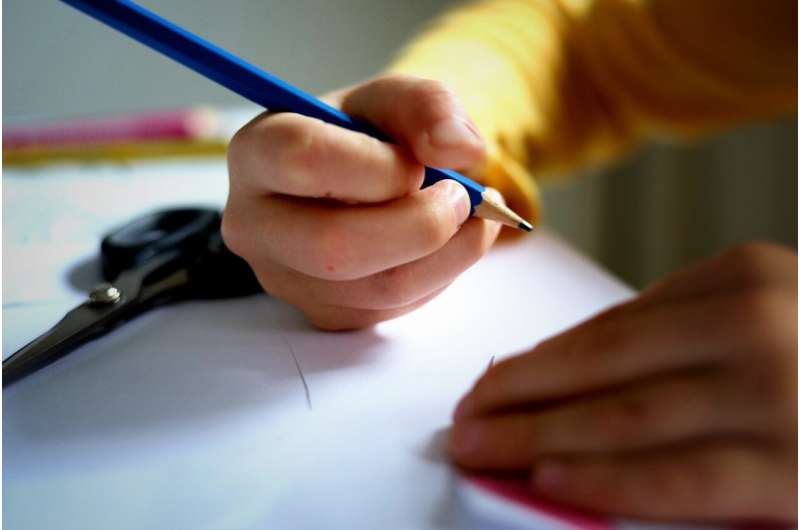This article has been reviewed according to Science X's editorial process and policies. Editors have highlighted the following attributes while ensuring the content's credibility:
fact-checked
trusted source
proofread
Roles and responsibilities of health and physical education teachers in teaching Japanese language learners

Inclusive education, which includes Japanese language learners (JLLs), is a critical aspect of Japanese school education. A research team at the University of Tsukuba conducted an interview-based study to understand how Japanese health and physical education teachers perceive their roles and responsibilities as teachers of JLLs at high schools.
The number of Japanese language learners (JLLs), children who speak a language other than Japanese and require Japanese language instruction, has been increasing significantly in Japanese schools in recent years. Inclusive education, which seeks to include students who are not native Japanese speakers, offers all students opportunities to engage with multiple languages; gain insights into different cultures, histories, and types of diversity; and enhance their cognitive skills.
In particular, physical education can serve as a powerful tool for promoting peace, tolerance, and understanding. This is accomplished by bringing people together across boundaries, cultures, and religions while promoting the concepts of teamwork, fairness, discipline, and respect for one's opponent.
For this study, now published in Physical Education and Sport Pedagogy, researchers conducted interviews to qualitatively clarify how Japanese health and physical education high-school teachers understand their own roles and responsibilities when teaching JLLs.
The results showed that the teachers were aware of the following three points: (1) their responsibility for securing a safe learning environment for JLLs in physical education classes, (2) the dilemma they faced when assessing JLL students' learning outcomes based on performance assessments and written exams for physical education, and (3) their understanding of their responsibilities as teachers and host parents.
Based on these results, the study concludes that to promote inclusive education for JLLs in health and physical education classes at Japanese high schools, national and local educational systems must establish clear guidelines for assessing and evaluating JLL students' learning. This includes creating guidelines for teaching plans and grading methods and defining teachers' responsibilities.
More information: Takahiro Sato et al, Japanese health and physical education teachers' positioning in teaching Japanese language learners in high school physical education, Physical Education and Sport Pedagogy (2024). DOI: 10.1080/17408989.2024.2374272
Provided by University of Tsukuba





















